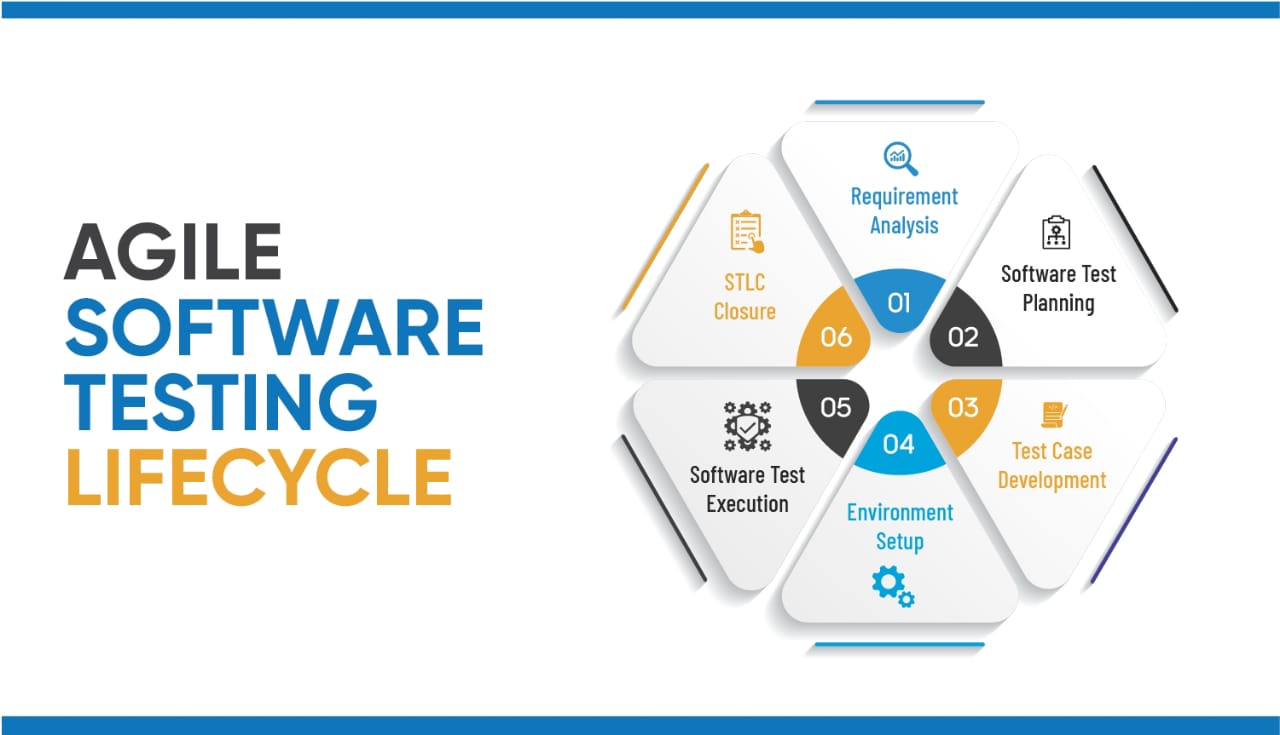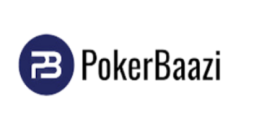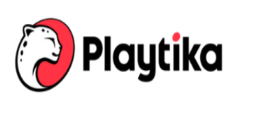Software testing resources play an integral part in the process of the software development lifecycle. It ensures the quality of product deliverables to the clients, customers, or users. There are several methodologies that bring the successful development of the software. As of today, most development companies and organizations are considering the agile methodology. Here we are going to discuss agile testing, its principles, and the entire cycle to offer the quality product or software deliverables.
What is Agile Software Testing?
Agile software testing is the testing process that follows the principles of the agile methodology of software development. In agile, we first define the testing practices for every project, whether Agile or not, to deliver quality products. Interestingly, the agile methodology of software testing carries the traditional testing principles often. To be more specific, agile software development is an iterative development methodology. As here the user requirements evolve through collaboration between the clients and self-organizing teams. Hereby, agile falls in place by aligning the entire development as per the needs of customers or users.
Agile testing supports the process of DevOps and the continuous testing process. The continuous testing process ensures the delivery of improved product quality. In this methodology, the QA experts start their testing procedures from the beginning and in a repetitive mode. Thus, the testing remains continuous with the addition of features and functionalities in the product/software. Also, it doesn’t wait for the development to begin or finish, it goes on with the software development simultaneously.
What Does an Agile Tester Do?
In agile development, the quality analysis or QA process is not the task for one person. It is the responsibility of everyone on the team. Thus, both agile testers and software developers must work together. Both of them must establish the right way to collaborate and communicate.
Here, testing plays an important role in driving the entire software development model. The expert software developers use Agile testing methods like TDD (test-driven development) to write their test cases first. Depending upon the test cases, developers write the code, and afterward, the testers verify the same code.
What is the Agile Software Testing Life Cycle?
In agile development, the QA and SDET resources ensure the optimization of each component of the software development lifecycle. Speed and efficiency are the top parameters for it. Thereby, the QA experts break down the entire process of testing in the software testing life cycle. It ensures the verification of each component of the application in every term of quality. The software testing life cycle breaks down into the following stages
- Requirement Analysis
- Software test planning
- Test Case Development
- Environment Setup
- Software Test Execution
- STLC Closure
Now, we will be describing each phase in detail.
Requirement Analysis
This is the first stage of agile software testing. Here the QA experts from the testing team analyze the requirements of testing. Then they frame out the tasks for the requirements of the functionality they can test.
If they are unable to understand the testing requirements, then they must ask stakeholders, users, system architects, or business analysts. Once software testers understand the requirements of the application very well, then finding the bugs or faults becomes easier.
A system or software comprises both functional and non-functional specifications. Thus, a QA expert needs to check the functional features based on the following metrics
- Speed,
- Reliability,
- Availability,
- and security.
Thus, the QA experts need to mark the types of testing that he needs to perform. Also, Quality Analysts need to prioritize the testing process and configure the Requirement Traceability Matrix. Furthermore, they need to prepare the information for the features to perform the test. Also, they must look out for the feasibility of Automation Testing.
Software Testing Planning
In this phase, a Software testing resource needs the involvement of the entire team. This team comprises members such as Senior software testers, managers, etc. This phase majorly includes the documentation for the following activities
- Effort Estimation
- Test Plan
The prime goal of this stage is to outline the effort and cost estimates for the new project.
In this stage of the STLC, the managers practice the following activities
- Preparation of the several types of software testing,
- Choosing the most suitable testing tool
- and Evaluation of effort estimations
- Also, they assign the tasks as the responsibility of their team.
Test Case Development
This is the critical phase where the SDET resources or expert QA prepare the test cases. Using these test cases, they are able to create the corresponding scripts for testing.
Here, the entire testing team works on test scripts with the following steps,
- Create
- Verify
- Remake
Each step takes notes of the specific features and their requirements. Also, they work with testing data that can be further useful for creating test cases and scripts.
Environment Setup
The test environment looks out for testing conditions. The testing conditions comprise hardware and software specifications to define the entire testing procedure. Ideally, it must consider the environment which is most suitable for the end-user perspective. The testing team requires a complete testing environment to check the readiness of the testing environment (smoke testing).
Precisely, it is telling that your QA and Software Testing company must have the following specifications for the testing environment.
- Solution architecture,
- Software Specifications
- and hardware specifications
Software Test Execution
In this phase, the software testers perform the exact testing according to the plans and test cases. The QA experts verify whether all requirements in the RTM are matching or not. In case they find any bug or error in the process, they report it immediately to the developers. Then, the developers resolve each bug or error.
Afterward, the QA team needs to document all the test findings. Also, they must log any test case that has failed during the process. Last in this phase but the least the QA resources map the bugs with the test case scenarios. These test cases are in RM which keeps the record of all bugs until the closure.
STLC Closure
This is the last stage of an STLC, the entire testing team performs the following activities
- Sharing the information in the end
- Reviewing and evaluating the testing documents
- Sharing the feedback for any challenges they met during the process.
This way they analyze their process and are able to establish the best practices for projects of similar requirements.
If you are looking for Software Testing as a service, then you can contact our experts through the form on the contact us or write an email at sales@creatiosoft.com. You may WhatsApp us as well at +91-8860912115.
Frequently Asked Questions
1. What is Agile Testing?
Agile software testing is part of agile software development. The agile testing begins from the beginning of the project, even before the initiation of development. It is a continuous process where both development and testing go hand in hand.
2. What Agile Software Testing Methods?
There are four following agile testing methodologies.
- Behavior Driven Development (BDD)
- Acceptance Test-Driven Development (ATDD)
- Exploratory Testing
- Session-Based Testing
3. What are the Advantages of Agile Testing Methodology?
The agile software testing has the following benefits
- saves time and money
- Reduces the need for documentation
- Flexible and highly adaptable to changes
- Regular feedback from the end-user
- Better determination and resolutions of issues through daily meetings
4. How To Contact Creatiosoft For QA Services?
You can contact us by filling in your details in the form. You may send an email directly to sales@creatiosoft.com or WhatsApp or call us at +91-8860912115.













